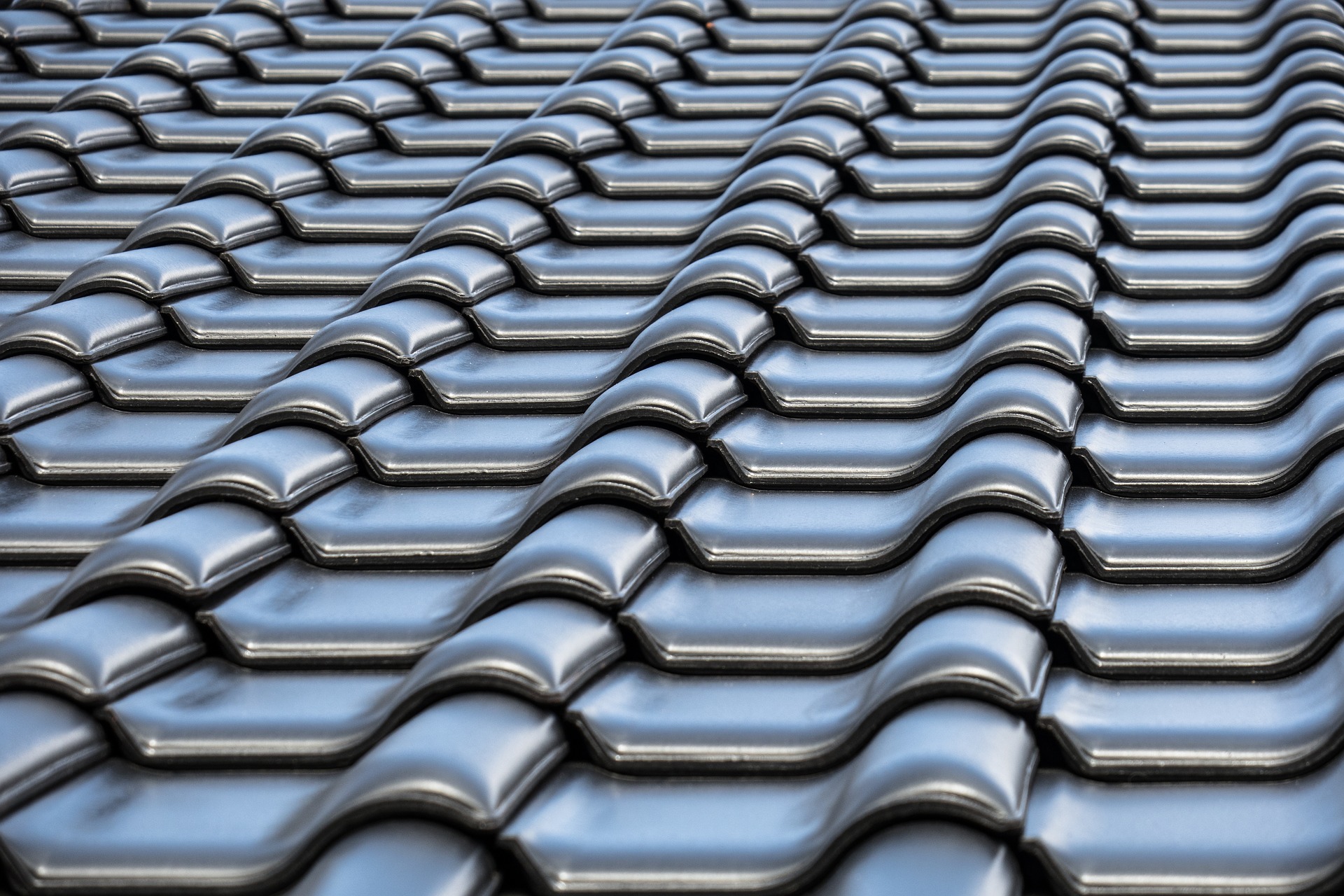Hello!
Like a good waiter, the best roofs are the ones you don’t notice – they do their job professionally and efficiently. Over time, however, they need repair and/or replacement.
Read on and I’ll explain how roofs work (it’s a lot more than just shingles!) and their nine essential components.
This will help you keep yours in good shape and, if nothing else, allow you to impress your children with your roof knowledge. (I’m kidding, of course, impressing one’s offspring is not possible.)
All the best,
Jim Moon
President
Gutter Helmet and Quality Roofing
A Healthy Roof is More Than Just Shingles
To the untrained eye, an asphalt roof looks like nothing more than several rows of neatly arranged shingles. Yes, these are an important roof component – but there’s a lot more going on beneath and around them.
I like to think of a roof as a system of materials and procedures, all designed to protect your home – for up to a quarter of a century! Each component and process is an essential cog in the system, the failure of any one of which can result in a leak or premature failure.
Here are the elements…
#1. Decking. In most cases, decking is made of plywood attached to your home’s rafters. Everything else sits on top. Whenever a new roof is installed, it’s important to have the decking inspected and any damage replaced with new material.
#2. Drip Edge. This goes along the bottom (eaves) and sides (rakes) of the roof and performs several functions. It channels water away from the house while closing gaps between the roof deck and the fascia (boards which cover the end of roof rafters). Drip edge adds a finished look to an asphalt shingled roof.
#3. Ice and Water Barrier. This material typically comes in 3-foot-wide rolls with self-adhering backing and is installed directly on the roof decking. Ice and water barrier protects against leaks caused by roof settling and extreme weather. In harsh climates (like ours!) or vulnerable areas, additional barrier can be installed for added protection.
#4. Flashing. These small pieces of sheet metal are installed over roof penetrations and at junctions with siding, skylights and chimneys. Flashing is installed on top of the ice and water barrier and prevents water from entering vulnerable areas where the roof and other materials meet.
#5. Roof Deck Protection (Underlayment). This is a breathable, but watertight material installed directly onto the decking (above the ice and water barrier), providing a secondary weatherproofing barrier.
#6. Starter Strip Shingles. Installed on the edges of the roof, starter strip shingles are used to minimize the chance of wind damage. Starter strips are nailed onto the ice and water barrier and have an adhesive which bonds to the roofing shingles.
#7. Roofing Shingles. Finally, we get to the shingles! These are the most visible component, providing years of durability and weather resistance, while enhancing the appearance of your home.
#8 Ventilation. This is an often misunderstand element, since many people don’t realize that proper ventilation is crucial to the long term health of the roofing system. Venting reduces temperatures in the summer months by allowing for airflow around the roof decking. It comes in many forms, including ridge venting, soffit venting and gable venting.
#9. Ridge Cap. This finishing material is installed over the ridge (the place where the two sides of your roof meet) and over the ridge vent (if there is one). They enhance the beauty of your home while guarding against leaks at the hips and ridges.
There you have it. Nine essential components, all coming together to create a system for keeping your house safe and dry, 365 days a year!

